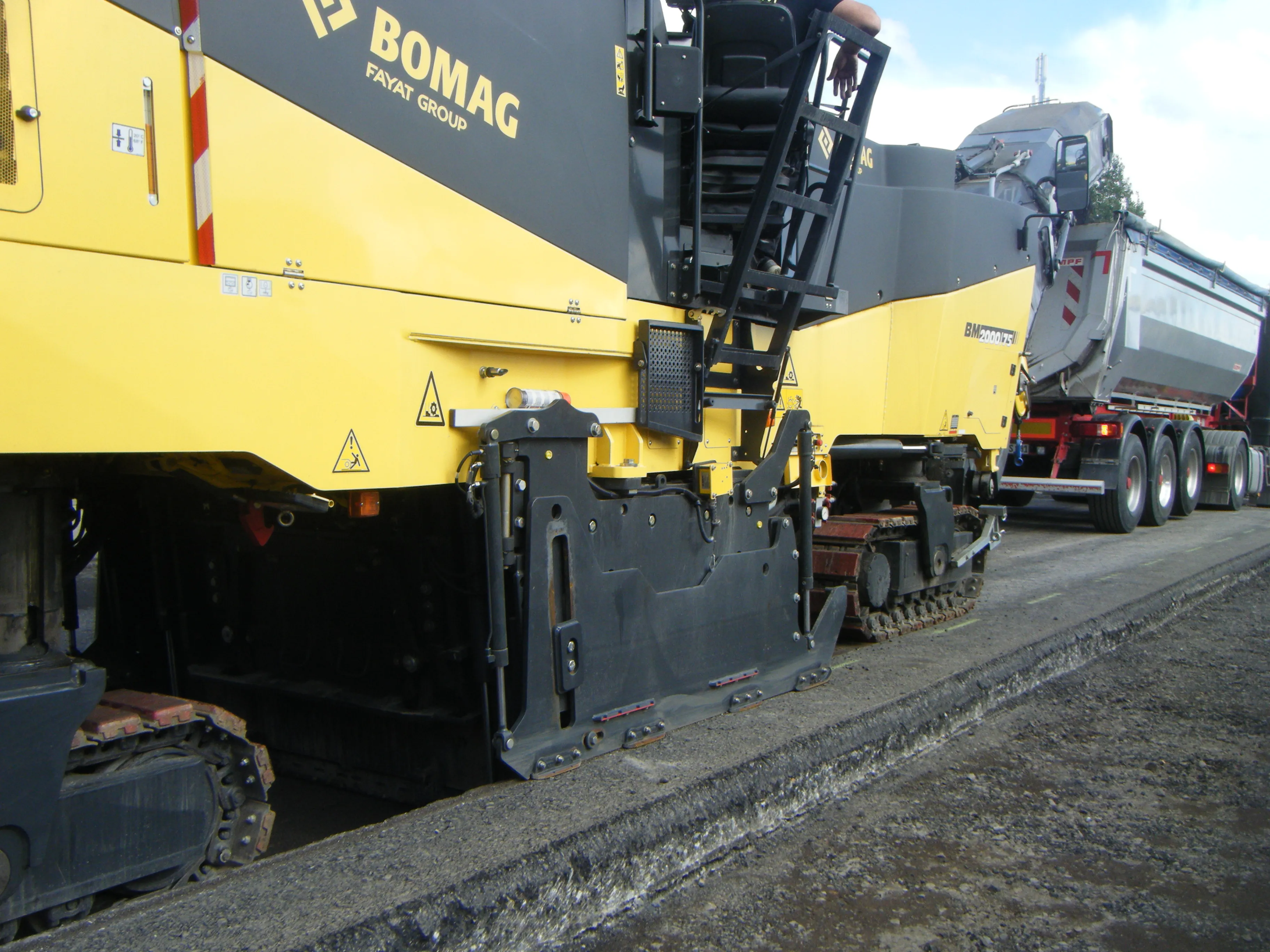BOMAG is extending its milling machine range with new large, medium and compact machines. The new top-of-the-range milling machines are the BM2000/75 and BM2200/75, with cutting widths of 2m and 2.2m respectively. These machines can cut to depths of 350mm and are said to have more power than rival models in their class due to the 560kW engine. However the machines are also said to be economical on fuel and offer lower running costs than earlier generation machines of a similar size. A key feature is the new
March 2, 2016
Read time: 2 mins

The BM1000/35 mill is a 1m class machine driven by a diesel delivering 261kW. This is said to be the most powerful machine in its size class, while also offering high output and low fuel consumption. As with the firm’s other mills, it features the BOMAG tool holder system, which is maintenance-free and does not have to be tightened after use.
The BM500/15 is a compact milling machine that runs on four wheels and is aimed at the 500mm class, with power from a diesel delivering 112kW. The machine is said to be more manoeuvrable than an old generation model with four wheels. It is also the first machine in its class to feature a seated operator position, although the user can opt to stand. The standard conveyor can be quickly detached in just a few minutes while short conveyor is also available that allows the user to fill a wheeled loader bucket directly.








